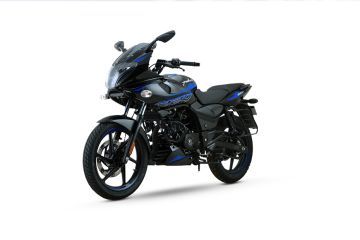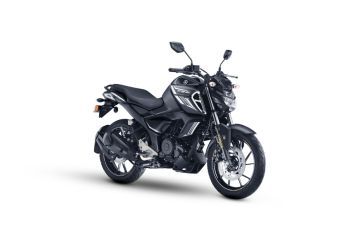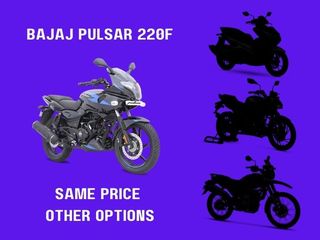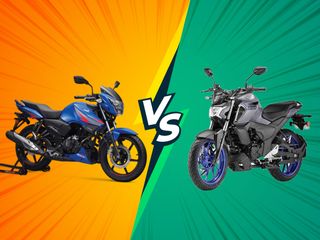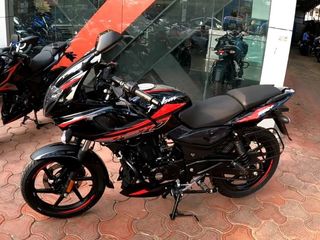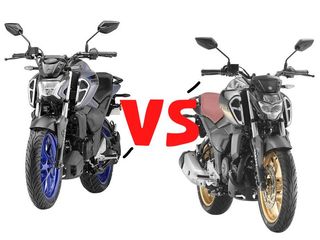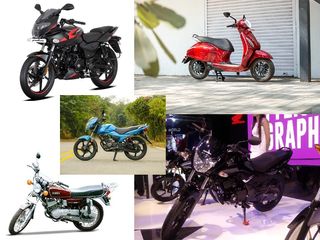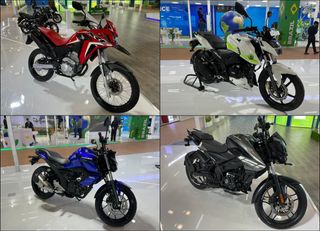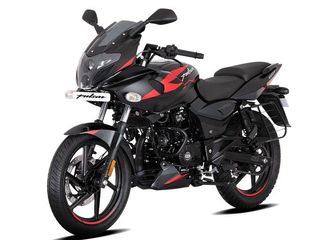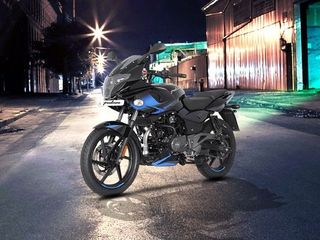|
|
| Engine Type |
4-stroke, 2-Valve, Twin Spark BSVI Compliant, DTS-i FI Engine, Oil cooled
|
Air cooled, 4-stroke, SOHC, 2-valve
|
| Engine Displacement |
|
|
| Max Power |
|
|
| Max Torque |
|
|
| Emission Type |
|
|
| Bore |
|
|
| Stroke |
|
|
| No Of Cylinders |
|
|
| Drive Type |
|
|
| Valve Per Cylinder |
|
|
| Fuel Type |
|
|
| Ignition |
|
|
| Compression Ratio |
|
|
|
|
|
|
|
|
| Mileage (City) |
|
|
| Mileage (Highway) |
|
|
|
|
|
| Tyre Size |
Front :-90/90-17, Rear :-120/80-17
|
Front :-100/80-17 Rear :-140/60-17
|
| Wheel Size |
Front :-431.8 mm, Rear :-431.8 mm
|
Front :-431.8 mm,Rear :-431.8 mm
|
| Tyre Type |
|
|
| Radial Tyre |
|
|
| Wheels Type (Pressed Steel/ Alloy) |
|
|
|
|
|
| Seat height |
|
|
| Length*Width*Height |
|
|
| Wheelbase |
|
|
| Length |
|
|
| Ground Clearance |
|
|
| Height |
|
|
| Width |
|
|
| Fuel Capacity |
|
|
| Kerb Weight |
|
|
| Tail Light |
|
|
| Front Brake Diameter |
|
|
| Rear Brake Diameter |
|
|
|
|
|
| Additional Features |
|
Muffler Cover, Tank Pad (Optional), Skid Plate (Optional), Rear Footrest (Optional), USB Charger (Optional), Seat Cover (Optional), Engine Guard (Optional),
|
| USB charging port |
|
|
| Headlight |
|
|
| Charging at Home |
|
|
| Charging at Charging Station |
|
|
| Turn Signal Lamp |
|
|
|
|
|
| ABS |
|
|
| Body Type |
|
|
| Body Graphics |
|
|
| Starting |
|
|
| Seat Type |
|
|
| Pass Switch |
|
|
| Display |
|
|
| Speedometer |
|
|
| Tachometer |
|
|
| Trip Meter |
|
|
| Low Fuel Warning Lamp |
|
|
| Clock |
|
|
| Low Oil Indicator |
|
|
| Passenger Footrest |
|
|
| Projector Headlights |
|
|
| Cooling System |
|
|
| Odometer |
|
|
|
